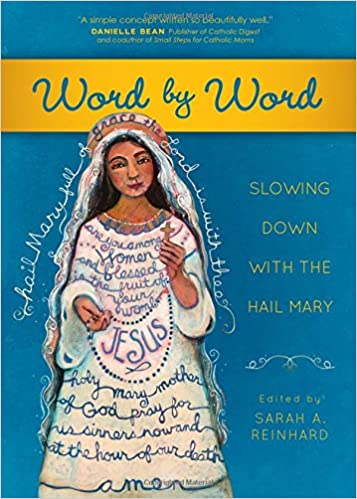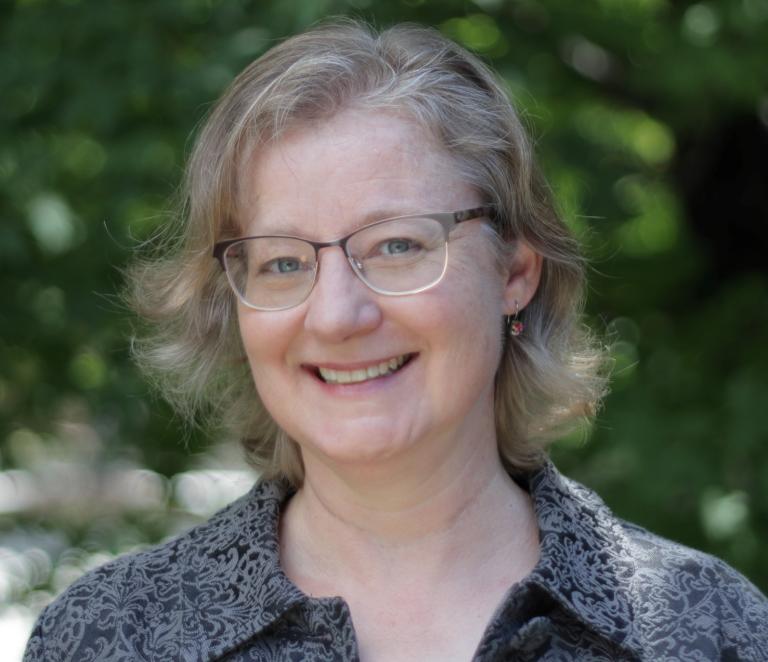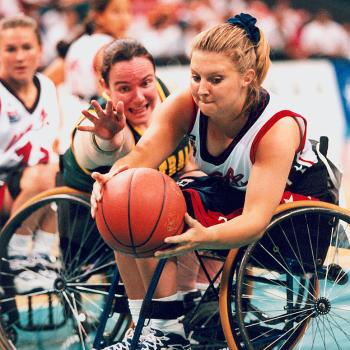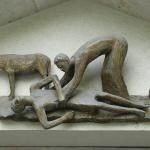The new bishop of Charlotte (NC) is under fire from, well, everybody for his recent attempt to micromanage a bazillion legitimate options for the Catholic liturgy. Some of the proposed mandates are just bizarre, such as banning the ringing bells at the start of Mass. Others are downright discriminatory:
- Prohibiting “quiet” or “low” Masses makes it painfully difficult for those with sensory sensitivities* to attend and pray.
- Forbidding clergy from wearing clerical garb that doesn’t meet the bishop’s personal taste is, well . . . some of it is implicitly homophobic, but all of it is creepy. Why are you obsessing over men who choose different, totally valid vestments that are widely used by Catholic clergy throughout the world?
- Banning the use of Latin discriminates against people who don’t know the vernacular of a given Mass, but have in fact learned their essential Latin prayers (that’s many of us, including many elderly persons — I know far more Latin than Vietnamese or Korean) and would like *some* chance of praying along with the Church in knowledgeable awareness for a portion of the Mass, even if we just have to vibe for the bulk of it.
But my rant for today is about the quashing of chapel veils.
Related: Chapel Veils and the End of Choice
I don’t myself veil at Mass, though that might change very soon, because I am so ticked about what is happening one diocese north of me.
The proposed instructions, since tabled for now due to widespread protest, include a prohibition on women wearing chapel veils while serving at Mass:
d. Women who have chosen to wear a veil as an expression of personal piety are not to do so when they are assisting in any official capacity (lector, cantor, altar server, usher, etc.) at Mass.
(Though I suppose, per the wording of the proposed mandate, those of us who wear one out of disgust and fury are allowed to carry on? The fact that the bishop feels free to legislate intentions and censure the otherwise valid actions of those guilty of wrong-think is painfully informative.)
Why is this a problem?
Very obviously it’s a problem as-written because it singles out women from cultures that traditionally veil (Hispanic, Filipino, etc.) and favors women from cultures that traditionally wear hats (Anglo, African-American, etc.).
It’s a problem logistically as-written because it forces pastors to legislate whether bandanas or scarves are also “chapel veils” or whether they are permitted.
Both of those concerns could be swept away by categorically forbidding head coverings of any kind, and then perhaps, if he wishes to drop the ableism, writing in an exception for approved head coverings for women undergoing chemotherapy — which again hints at how absurd the micromanaging is.
Now, though, we are getting to the heart of it.
The proposed prohibition is gravely problematic because women wearing veils at Mass is a practice so ancient it is literally mentioned in Scripture.
It is good that the Church has tacitly clarified that this discipline is a reverent custom rather than a mandate or doctrinal matter. However, it is the ancient right of women to cover their heads at Mass, and this right is a unique privilege that is ours alone.
I don’t have to wear a hat or veil at Mass in order to retain this right. It’s mine.
The message of Bishop Martin’s proposed “reform” is that women who choose to exercise their sacred, time-honored privileges need to shut up and stay in the pews.
In other words, Martin is implying that St. Paul’s assertion that women should veil and be silent is in fact a doctrinal matter — bare your head, cut your hair, and dress like a man if you want a voice in the Church.
This is the same false feminism that says women can have equal access to career opportunities only if they deny their female biology and forsake motherhood. It’s the model of “women as defective men” rather than women possessing an inherent, distinctive, sacred dignity in our own right.
Bishop Martin’s proposed mandate is blatantly misogynist and should not be tolerated anywhere.
Artwork: Cover art from Word by Word: Slowing Down with the Hail Mary. I was honored to be chosen to write on the word “Women.”
*When I say “sensory sensitivities” this includes most famously children with certain forms of autism. But also I have the been the person with such severe vestibular hyperacusis that it took weeks of recovery to be able to attend Mass with earplugs. Not for lack of trying, not for lack of devotion. I would have loved a quiet Mass, but none was on offer.















